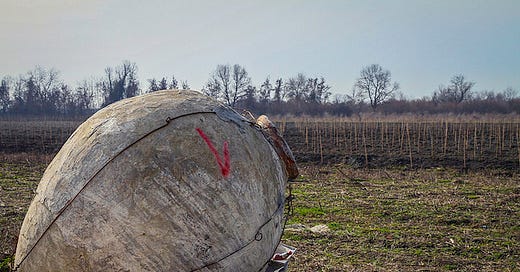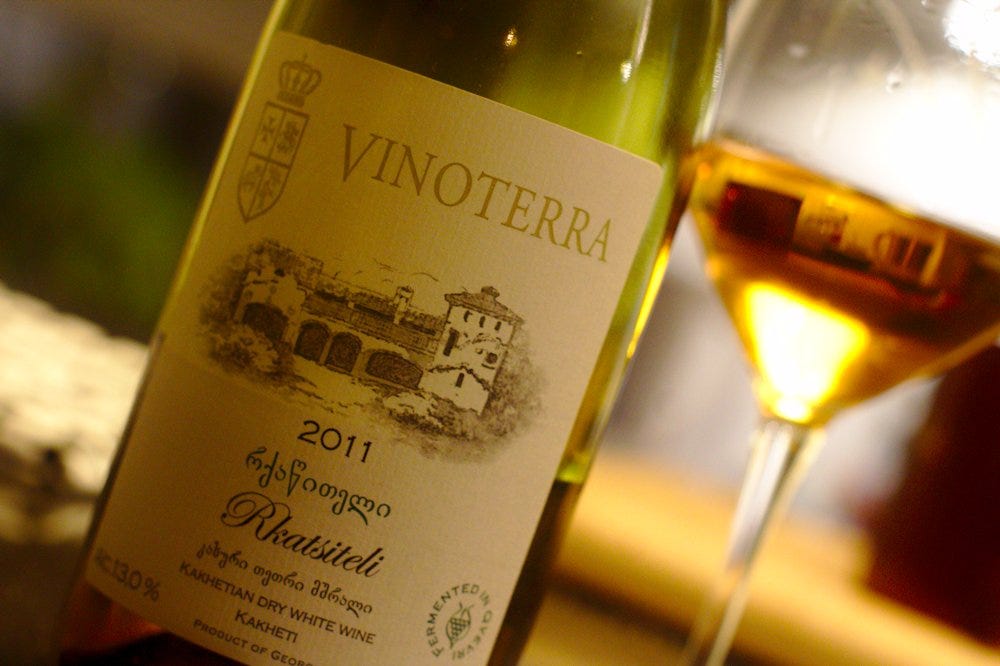Deep down in a Georgian qvevri - Vinoterra Rkatsiteli 2011
Celebrating an 8,000 year old winemaking tradition with a fine vintage example.
Every week, I select an orange wine (a white wine made with extended skin contact) that grabbed my attention. View the whole series here.
January is meant to be about new year resolutions, so here are mine. Drink Write more. Write more about Georgian wines. Drink more Georgian wines. So on that note:
The spiritual and traditional nub of Georgian winemaking is the qvevri - a clay, amphora-like vessel buried in the ground and described by Josko Gravner as "a womb for the wine". Well made qvevri white wines can be revelatory in their freshness, intensity and uniqueness. Qvevris have become hip, and producers all over the globe are buying them up. But sometimes you need to go back to the source, to find someone who really knows how to make the style sing.
Keep reading with a 7-day free trial
Subscribe to The Morning Claret to keep reading this post and get 7 days of free access to the full post archives.





